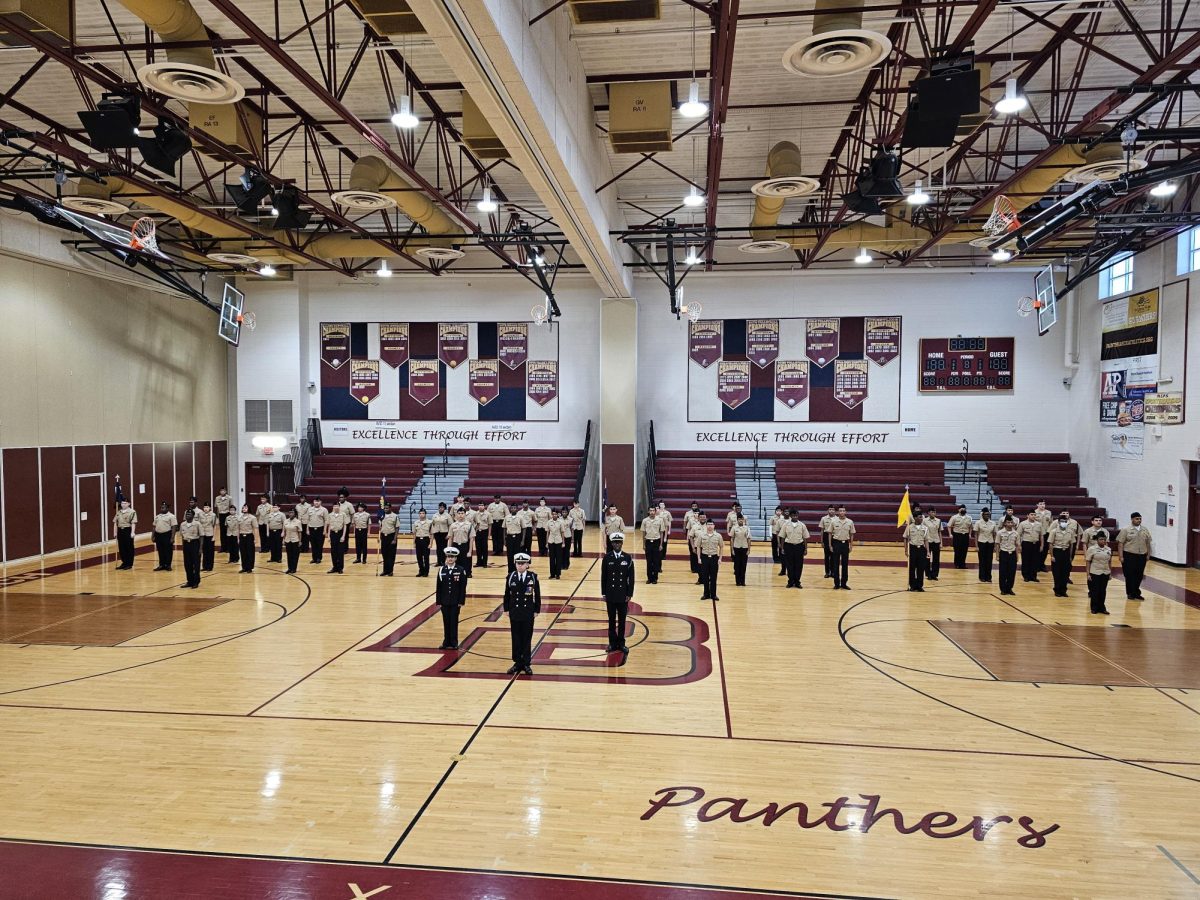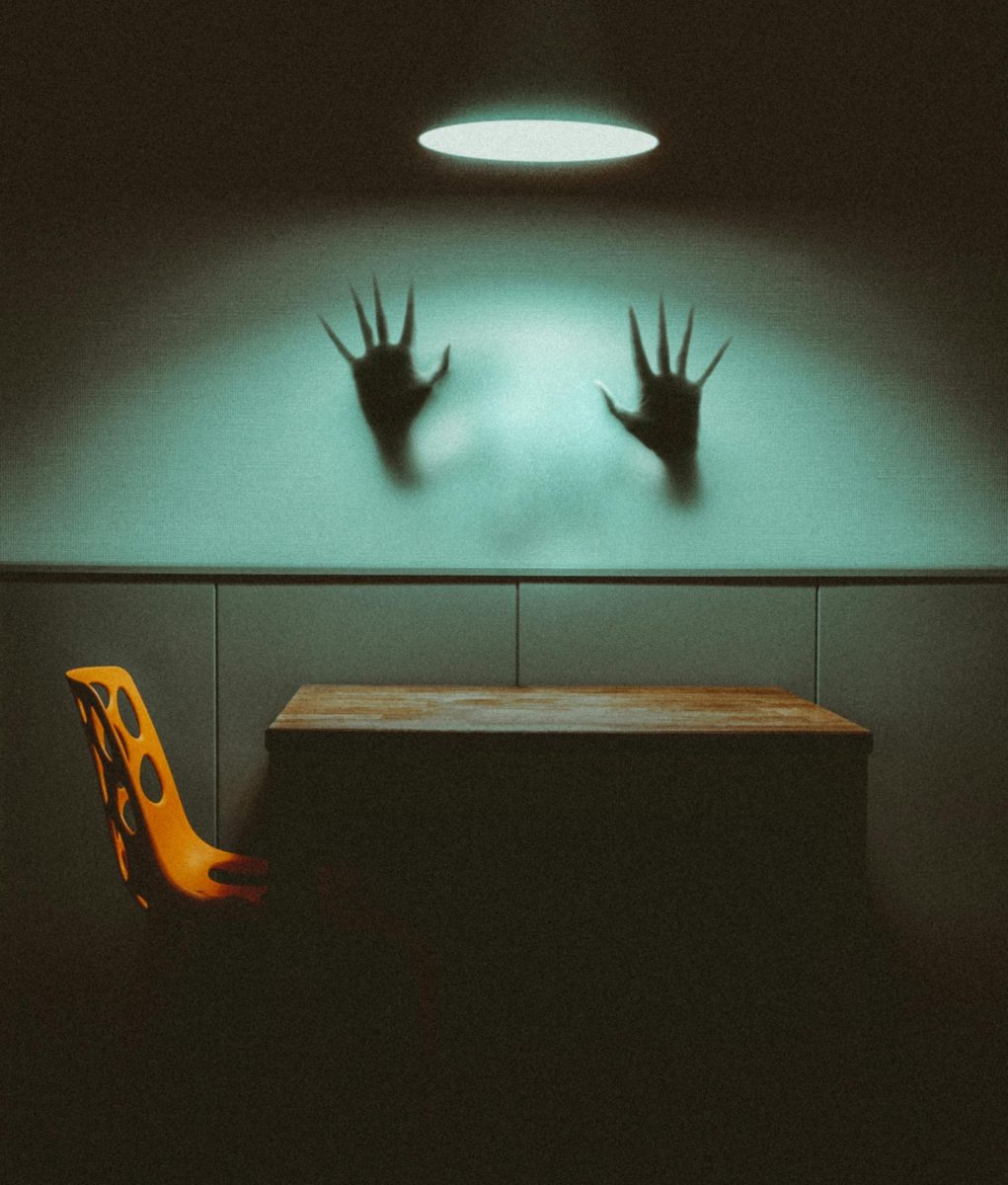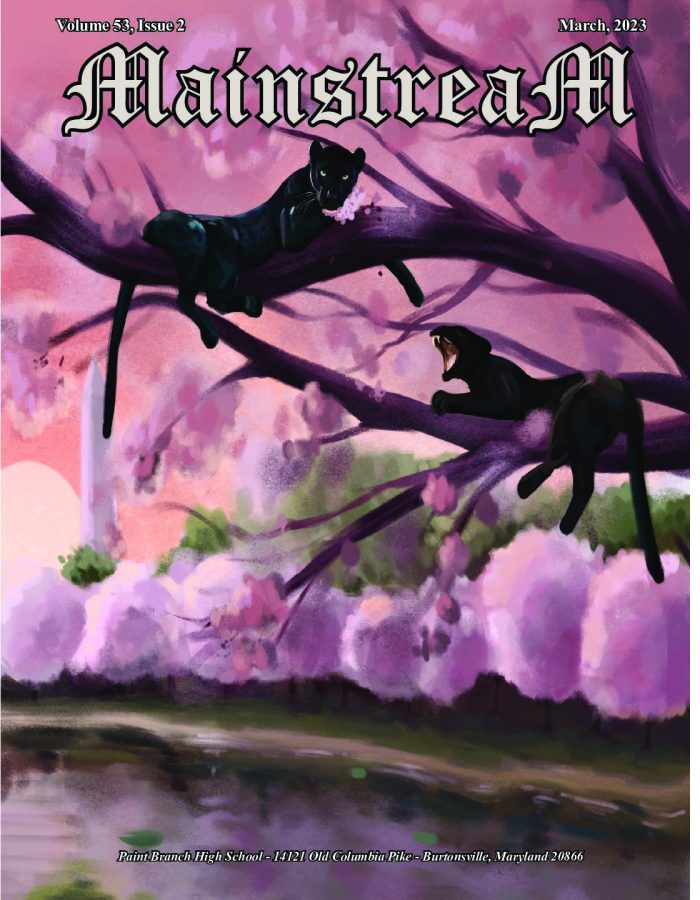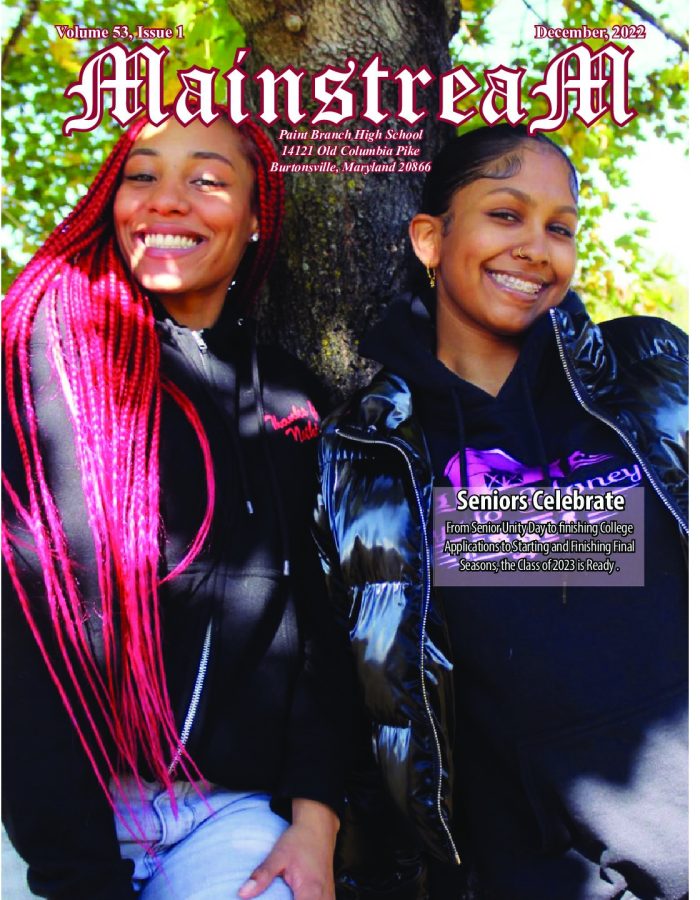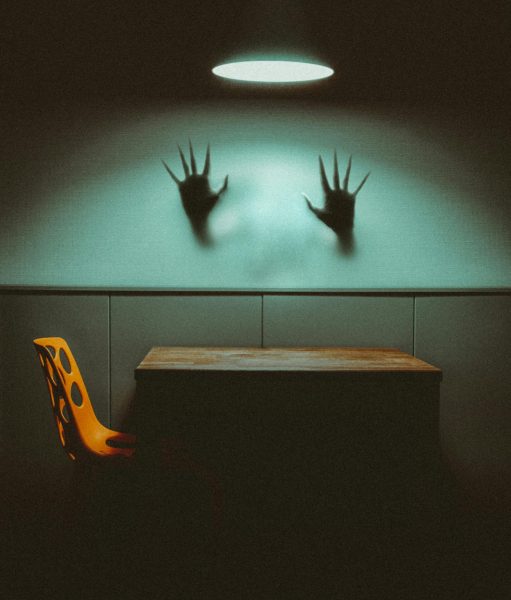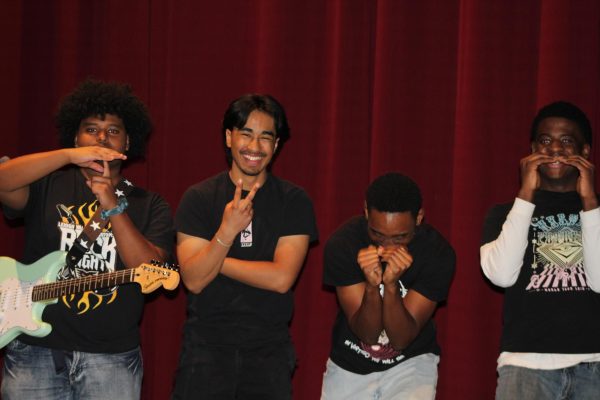Harajuku and the Fashion That Lives There
January 9, 2017
Inhale the sweet, creamy, butter-flaked pastries wafting through the busy streets of Harajuku, a village flourishing with cafes, boutiques, and outlandish attire that are extremely unique. While this place seems almost too good to be true, it is, in fact, reality. It is Harajuku, Japan – a small, eclectic area of Tokyo.
From Lolita to Decora to Visual Kai to Mori Kai to Ganguro to everything else in between you are sure to find some pretty outgoing styles in this vibrant area where teen style and culture is the central focal point.
Starting in the 1970s, Harajuku became one of the largest fashion centers of Japan due to the construction of Palais France, a building known for selling fashion forward clothes and accessories. Since then, these fashions have spread worldwide to places including Britain, Canada, and even the U.S.
Although these fashions all originate in Japan, they are very distinct from one another. For instance, a close look at Lolita, a fashion inspired by the Victorian and Rococo Era, reveals that the style is well-known for strict rules and guidelines as to what one must wear in order for the outfit to be considered “Lolita”. Decora, a fashion-focused on an overload of bright colors and cuteness, is very laid back in their rules and guidelines. In Decora, sock patterns don’t have to match their dress, but in Lolita it is mandatory for their whole attire to be focused on one central pattern. Both styles are defined as being alternative Japanese fashion, yet both are so different from one another that classifying them into the same generalized group seems to be missing the point.
So then, what exactly makes up alternative Japanese fashion? According to Katie Finn’s blog “What is Alternative Fashion?”, “alternative fashion is dark, weird, or maybe even a little creepy.”
Finn’s definition isn’t the clearest, but hopefully – after I break down the individual fashions – you’ll get an idea of what exactly makes up alternative Japanese fashion. So, stay tuned because next time I’ll be taking you through the ins and outs of Lolita Style, the sub-fashions of Lolita, and the differences between a Lolita lifestylist, a Lolita, and an ita.


